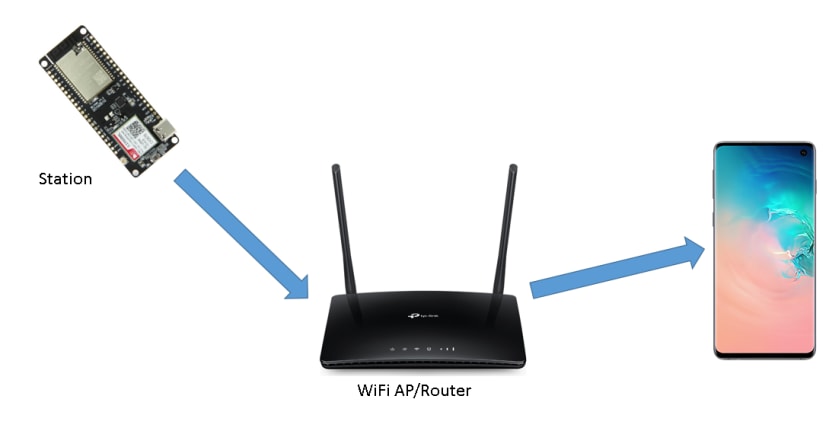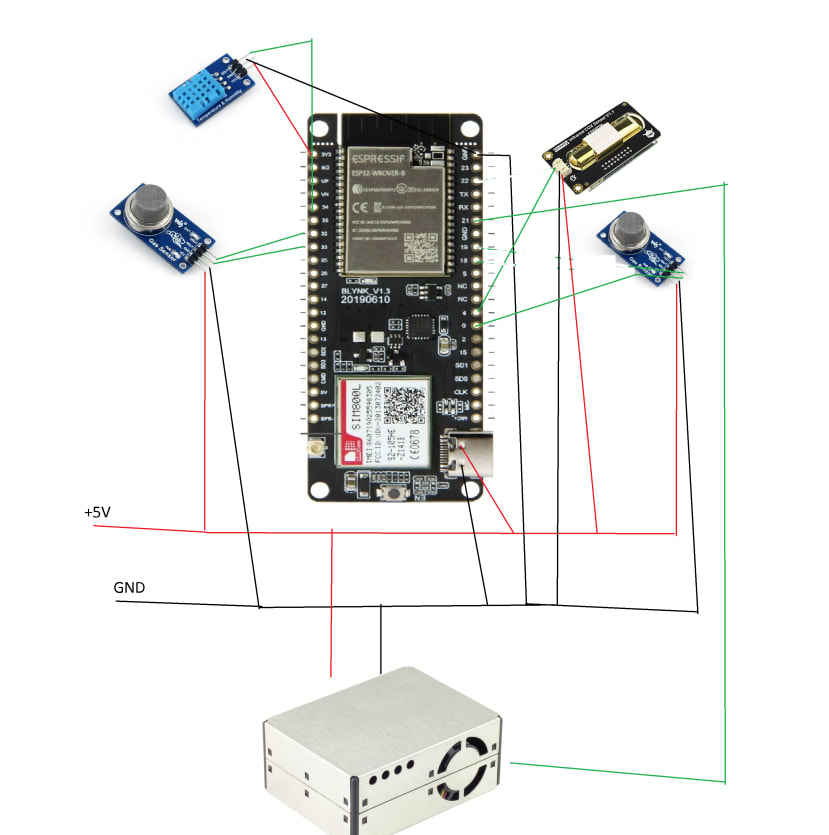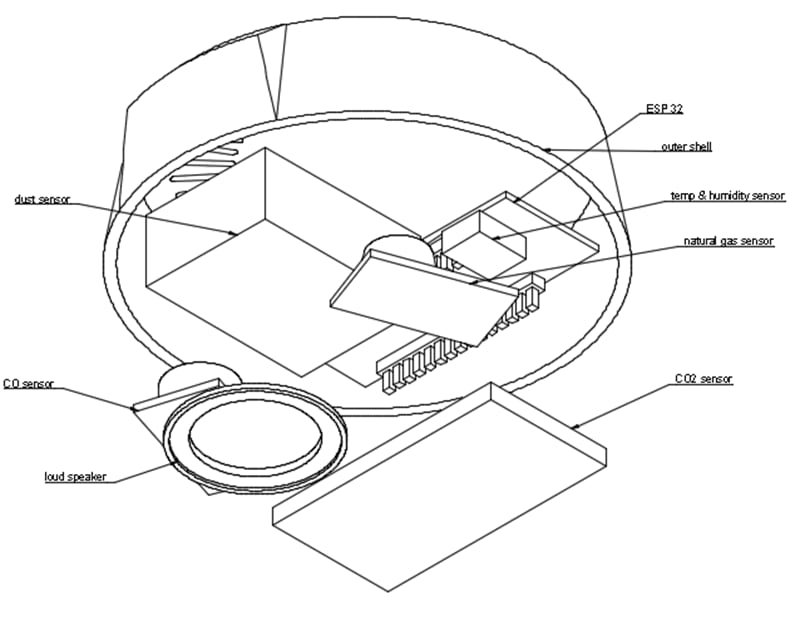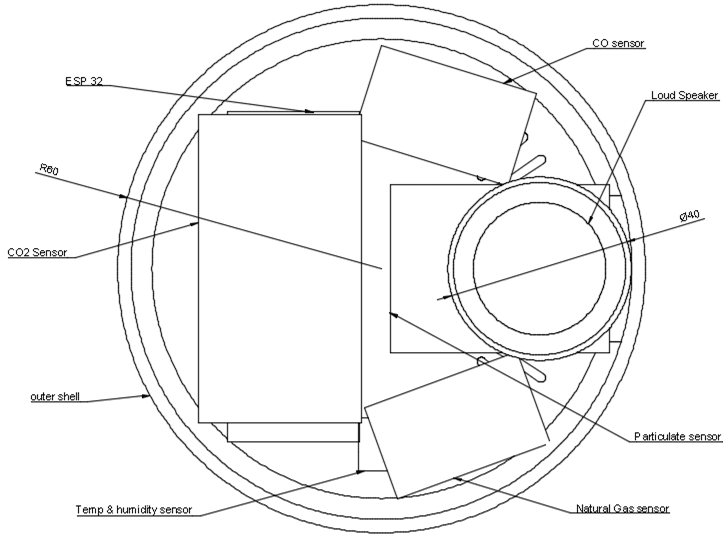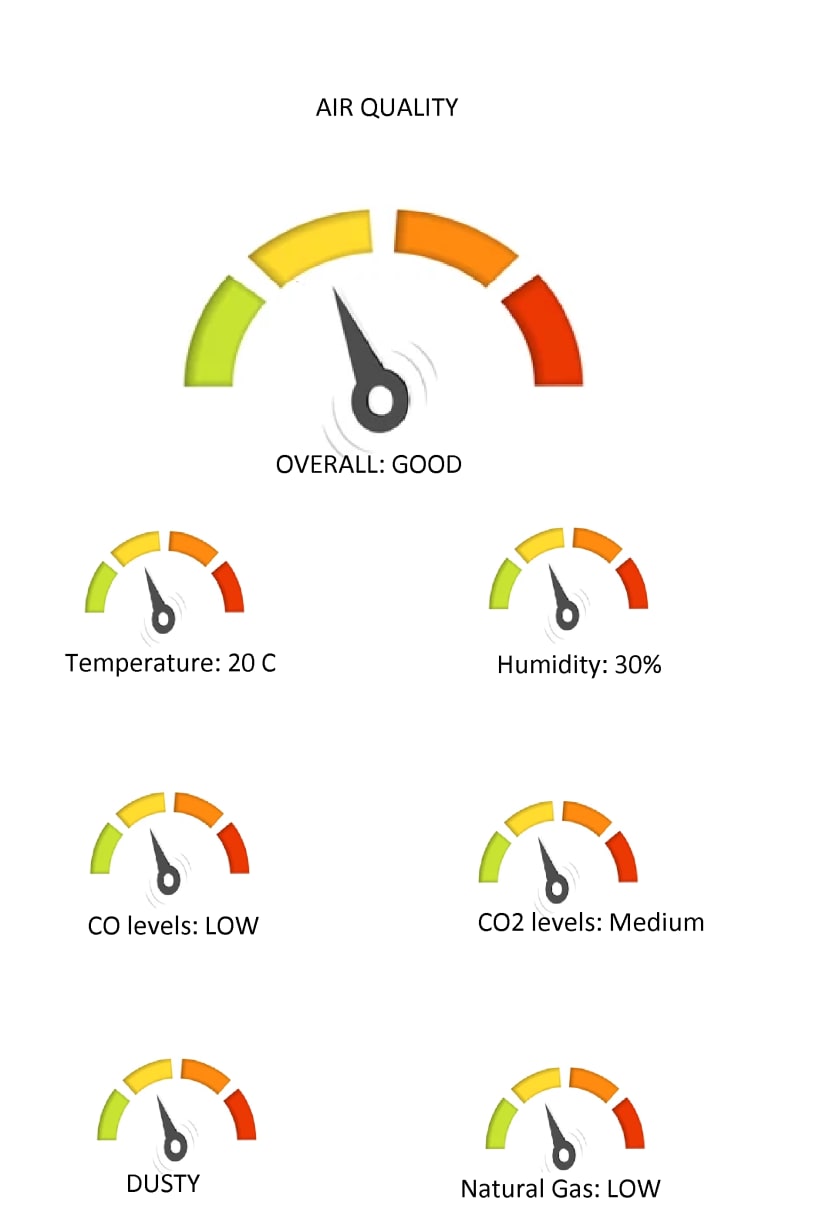ICRS Design Hackathon - All in One Air Quality Sensor
Follow projectQue pensez-vous de cet article ? Aidez-nous à vous fournir un meilleur contenu.
Merci! Vos commentaires ont été reçus.
There was a problem submitting your feedback, please try again later.
Que pensez-vous de cet article ?
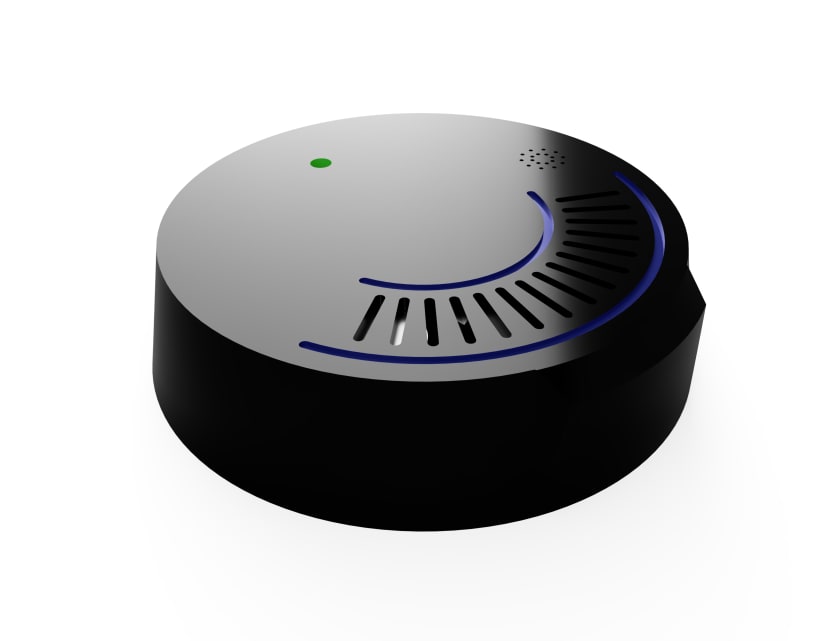 AOAQS - The All in One Air Quality Sensor IoT device designed to detect common toxins and environmental data to provide safer and more comfortable living/working spaces
AOAQS - The All in One Air Quality Sensor IoT device designed to detect common toxins and environmental data to provide safer and more comfortable living/working spaces
Parts list
| Qty | Produit | Part number | |
|---|---|---|---|
| 1 | RS PRO 32Ω 0.25W Miniature Speaker 45mm Dia. , 45 x 5.8mm | 756-4592 | |
| 1 | MQ-7 Gas Sensor (Carbon Monoxide) | 102688 | |
| 1 | MQ-5 Gas Sensor (LPG, Natural Gas & Coal Gas) | 882-9004 | |
| 1 | Seeed Studio 101020011, Temperature and Humidity Sensor for DHT11 for Grove System | 174-3237 | |
| 1 | PMS5003 Particulate Matter Sensor | COM1707 | |
| 1 | Gravity: Analog Infrared CO2 Sensor | 201-8098 | |
| 20 | SPP-70, 70mm Insulated Tinned Copper Breadboard Jumper Wire in Black, Blue, Red, White, Yellow | 505-3419 | |
| 1 | Breadboard Prototyping Board 80 x 60 x 10mm | 102-9147 | |
| 1 | 9V battery | 826-4435 | |
| 1 | TRACOPOWER Through Hole Switching Regulator, 5V dc Output Voltage, 6.5 → 36V dc Input Voltage, 2A Output Current | 906-8487 | |
| 1 | TTGO T-Call ESP32 | ||
With the rise of working from home and being home bounded, air quality is more important than ever especially in households without good ventilation/climate control. An all in one air quality sensor is the natural solution.
This device will serve two main functions - help increase user comfort and reduce the likelihood of accidents due to toxins. The device is based around the ESP 32 TCALL development board (an IoT board with WiFi, Bluetooth capabilities as well as the ability to make calls/texts)
- The device features a CO sensor (a common toxin produced by gas fires and cars), a natural gas sensor (to detect gas leaks), and a particulate sensor (PM 2.5/dust sensor). These sensors are used to reduce the likelihood of injury by providing realtime data to the user as well as emergency services if certain thresholds are exceeded
- The device also features a humidity and temperature sensor. As this is an IoT device, other IoT devices such as climate control units, air conditioning units and refrigerators can use the required data to work more efficiently as well as provide real-time data for machine learning models.
This device will make households safer and protect occupants and property far better than traditional fire alarms and will in the near future replace fire alarms as a next-generation option.
The device will be able to be installed like a fire alarm or placed on a tabletop.
The AOAQS will connect to the household's wireless network, and an app on the user's device will receive realtime data from the device. This will be done using WebSockets (for reliable and fast data transmission between the ESP32 and phone. The ESP32 will also have a SIM card so it will have the ability to send texts.
Below is the circuit diagram of the prototype (subject to change). Production models will be more compact and satisfy the necessary regulations. 9V battery is connected to the 5V regulator to produce the voltage required. (Note multiple voltage regulators and batteries may be required to satisfy power requirements. Each sensor is connected to the ESP 32 which will send sensor data to the user's device at 100 ms intervals.
The layout of the various components are below:
The outer shell will be 3D printed for the prototype and injection moulded for production. The components for the prototype will be solderless using jumper wires. Once the proof of concept is confirmed, a custom PCB will be designed each sensor will be soldered directly onto it, saving space.
A quick look at the UI (it'll look nicer once it's released)
There will be an overall air quality index and individual dials for each of the sensors.
(Note: code has not been finished and is just a demonstration of WebSocket)
Overall the cost of components is around £120.
- TTGO T-Call ESP32 (£12.00)
- 90 dB speakers (£5)
- MQ-7 Carbon monoxide sensor (£5)
- PMS5003 PM2.5 Dust Sensor (£25)
- MQ-5 Natural Gas sensor (£5)
- DHT11 Temperature and Humidity sensor (£5)
- Gravity: Analog CO2 sensor (£60)
Future versions may contain a camera as well as a GPS module. The camera will be used to determine if the sensors picking up false positives and the GPS module will be able to locate gas leaks, fires and other hazards within a household, providing much more coordinated emergency response.


